- Egypt Tour Magic
- Egypt Tour Packages
- Excursions in Egypt
- Cairo Tours and Excursions
- Hurghada Tours and Excursions
- Soma Bay Tours and Excursions
- Makadi Bay Tours and Excursions
- Sahl Hasheesh Tours and Excursions
- El Gouna Tours and Excursions
- Marsa Alam Tours and Excursions
- Port Ghalib Tours and Excursions
- El Quseir Tours and Excursions
- Dendera and Abydos Day Tours
- Aswan Tours and Excursions
- Luxor Tours and Excursions
- Alexandria Tours and Excursions
- Sharm El Sheikh Tours and Excursions
- Top Rated Tours in 2025
- Optional Excursions in Egypt
- Private Transfer
- Blogs About egypt
- Ancient Egypt
- What You Need To know Before Your First Trip To Egypt
- Best Places to Visit in Egypt 2025
- Top Attractions in Red Sea Resorts 2025
- Top 10 Tourist Activities in Egypt
- Top 30 Activities You Can’t Miss in Egypt
- The Guide to Guided Tours in Egypt
- Egypt’s Ancient and Modern History
- The Nile River
- The Deserts of Egypt
- Historical Sites in Egypt
- Cairo
- Alexandria
- Luxor
- Aswan
- The Red Sea
- Dendera Temple
- El Fayoum Oasis
- Bahariya Oasis
- Siwa Oasis
- Al Alamein
- Marsa Matruh
- Ancient Egyptian gods
- famous Egyptian dishes
- UNESCO World Heritage sites
- About Us
- Why Egypt Tour Magic
- Egypt Tour Magic
- Egypt Tour Packages
- Excursions in Egypt
- Cairo Tours and Excursions
- Hurghada Tours and Excursions
- Soma Bay Tours and Excursions
- Makadi Bay Tours and Excursions
- Sahl Hasheesh Tours and Excursions
- El Gouna Tours and Excursions
- Marsa Alam Tours and Excursions
- Port Ghalib Tours and Excursions
- El Quseir Tours and Excursions
- Dendera and Abydos Day Tours
- Aswan Tours and Excursions
- Luxor Tours and Excursions
- Alexandria Tours and Excursions
- Sharm El Sheikh Tours and Excursions
- Top Rated Tours in 2025
- Optional Excursions in Egypt
- Private Transfer
- Blogs About egypt
- Ancient Egypt
- What You Need To know Before Your First Trip To Egypt
- Best Places to Visit in Egypt 2025
- Top Attractions in Red Sea Resorts 2025
- Top 10 Tourist Activities in Egypt
- Top 30 Activities You Can’t Miss in Egypt
- The Guide to Guided Tours in Egypt
- Egypt’s Ancient and Modern History
- The Nile River
- The Deserts of Egypt
- Historical Sites in Egypt
- Cairo
- Alexandria
- Luxor
- Aswan
- The Red Sea
- Dendera Temple
- El Fayoum Oasis
- Bahariya Oasis
- Siwa Oasis
- Al Alamein
- Marsa Matruh
- Ancient Egyptian gods
- famous Egyptian dishes
- UNESCO World Heritage sites
- About Us
- Why Egypt Tour Magic
Journey Through Time: Exploring the Mysteries of the Valley of the Kings
The Valley of the Kings, located on the west bank of the Nile near Luxor, Egypt, is one of the most extraordinary archaeological sites in the world. This sacred burial ground, used for nearly 500 years during the New Kingdom period, is home to 64 tombs of pharaohs, queens, and nobles. The tombs are famed for their intricate wall paintings, elaborate hieroglyphs, and remarkable craftsmanship. A guided tour of this ancient site offers a unique opportunity to step into the past and discover the hidden stories of Egypt’s legendary rulers.
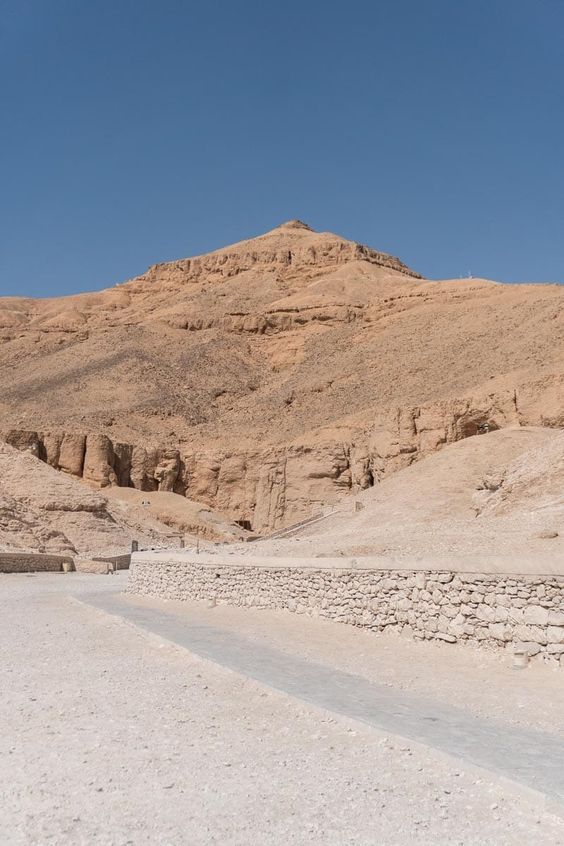
A Step Back in Time
The Valley of the Kings served as the royal cemetery for Egypt’s New Kingdom pharaohs, from the 16th to the 11th century BCE. It was chosen because of its remote and hidden location, ensuring that tomb robbers could not easily access the sacred burial grounds. This strategic decision protected the pharaohs’ final resting places, but still, many tombs were looted over the centuries. The valley holds the tombs of some of Egypt’s most powerful rulers, including Ramses II, Seti I, and Tutankhamun. The tombs themselves, carved into the rocky cliffs, are decorated with stunning art that offers a glimpse into the religious and cultural practices of the time. Scenes from the Book of the Dead, showing the journey to the afterlife, are vividly painted on the walls, providing crucial insight into the ancient Egyptians’ beliefs about death and immortality. The Valley of the Kings is not just an archaeological treasure trove but also an essential historical record that sheds light on the grandeur of Egypt’s New Kingdom dynasty.

The Guided Tour Experience
A guided tour through the Valley of the Kings provides visitors with a detailed and insightful exploration of the site. Knowledgeable Egyptologists accompany groups, offering rich historical context and explaining the meaning behind the artwork, architecture, and burial practices. As you walk through the tombs, your guide will share stories of the pharaohs interred here, shedding light on their reigns, their achievements, and the rituals surrounding death and the afterlife. The guide’s expertise brings the experience to life, revealing hidden meanings behind the hieroglyphs and symbols that are often missed by casual observers. The tombs are carefully preserved to protect the delicate artwork, and your guide will ensure that you understand the historical significance of each tomb you visit. Notable tombs include the tomb of Tutankhamun, famous for its discovery in 1922, and the tomb of Ramses II, one of the most elaborate in the valley. With your guide leading the way, the Valley of the Kings becomes more than just an ancient site; it becomes a window into the rich cultural history of Egypt and its ancient rulers.

Tutankhamun's Tomb
One of the most famous tombs in the Valley of the Kings is that of the young pharaoh, Tutankhamun. Tutankhamun ascended to the throne at a very young age and ruled for a mere 10 years before his untimely death at around 18. His tomb, discovered by archaeologist Howard Carter in 1922, captured the world’s attention, not because of its grandeur, but because of the incredible treasures it contained. The tomb was almost untouched by tomb robbers, which meant that its contents were remarkably well-preserved. Visitors can explore the tomb and view the small, but iconic burial chamber of Tutankhamun. Although the tomb itself is relatively modest compared to other pharaohs, its discovery revealed a stunning collection of gold, jewelry, and artifacts, most notably the famous golden death mask of the pharaoh, now housed in the Egyptian Museum in Cairo. While you can no longer see the treasures within the tomb itself (as they’ve been moved to the museum), the experience of standing in the same chamber where the world’s most famous pharaoh once lay is awe-inspiring. Tutankhamun’s tomb remains one of the most iconic and significant discoveries in archaeological history.
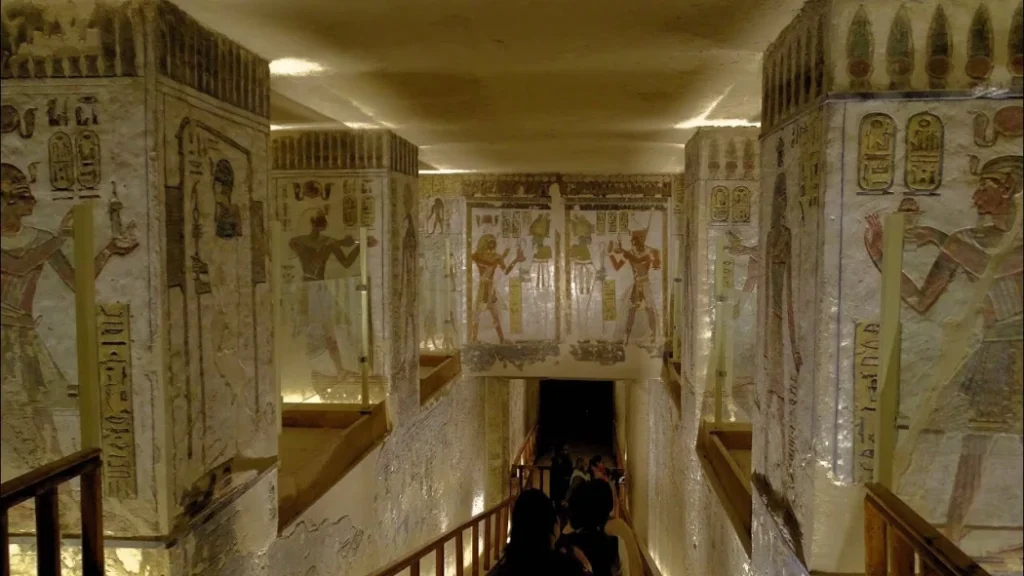
Ramses II's Tomb
Ramses II, also known as Ramses the Great, was one of Egypt’s most powerful and celebrated pharaohs, reigning for an impressive 66 years. His tomb, located in the Valley of the Kings, is one of the largest and most elaborately decorated in the valley, offering visitors a glimpse into his grand reign. Known for his military exploits, building projects, and longevity, Ramses II sought to immortalize his greatness through his tomb’s lavish design and intricate artwork. His tomb features beautifully preserved reliefs that depict scenes of battle, divine intervention, and the pharaoh’s relationship with the gods. As you explore his tomb, you’ll find that the walls are adorned with vibrant paintings and carvings, showcasing both his power and piety. The sheer scale and detail of the tomb, with its long passageways and chambers, reflect Ramses II’s aspirations for the afterlife. His tomb not only serves as a monumental testament to his reign but also as a glimpse into the ancient Egyptians’ belief in eternal life. Visiting Ramses II’s tomb allows you to experience firsthand the legacy of one of Egypt’s greatest pharaohs.
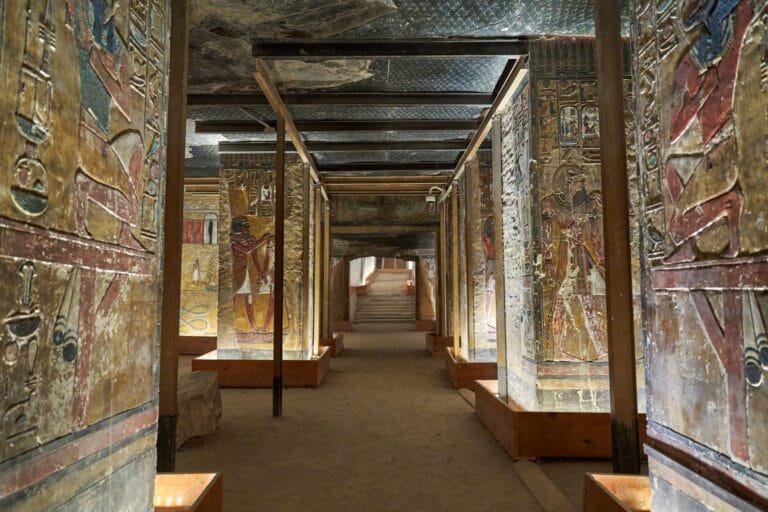
Seti I's Tomb
Seti I’s tomb in the Valley of the Kings is renowned for being one of the most beautifully preserved and intricately decorated tombs in the entire valley. Seti I was the father of Ramses II and reigned during a period of stability and prosperity for Egypt. His tomb is an architectural masterpiece, with stunning corridors and chambers filled with remarkable artwork that depicts scenes from the Book of the Dead, illustrating the pharaoh’s journey into the afterlife. The detailed carvings and colorful paintings on the walls are considered some of the finest examples of ancient Egyptian art. Seti I’s tomb also stands out because of its size and depth, with multiple levels that visitors can explore. While the tomb itself is largely unremarkable in terms of its treasures (which were looted in antiquity), the artwork provides a vivid representation of Egypt’s artistic and religious heritage. The tomb’s grandeur and preservation make it a must-visit during a tour of the Valley of the Kings, allowing you to experience the splendor of Egypt’s New Kingdom period and to better understand the significance of the pharaoh’s journey into eternity.
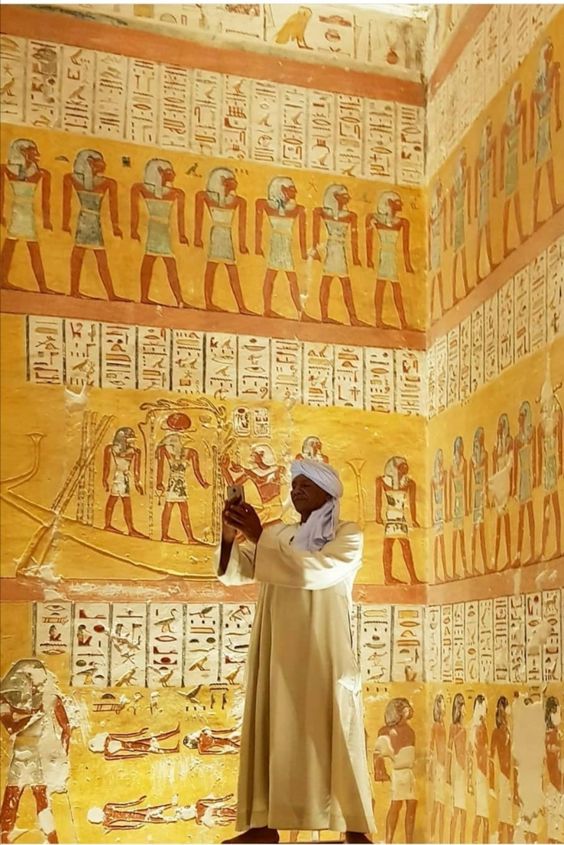
Tips for Your Visit
Visiting the Valley of the Kings is an unforgettable experience, but there are a few things to keep in mind to make your journey even more enjoyable. The climate in Luxor can be incredibly hot, especially during the summer months, so it’s essential to dress comfortably and wear lightweight, breathable clothing. A wide-brimmed hat and sunglasses will also help protect you from the sun. Don’t forget to bring sunscreen to shield your skin from harmful UV rays. Comfortable footwear is crucial since you’ll be walking through the tombs and the rocky terrain of the valley. Make sure to stay hydrated by carrying a bottle of water with you throughout the day. The Valley of the Kings can be crowded at times, so it’s best to visit early in the morning to avoid the heat and to get the most out of your experience. Finally, remember to respect the sacred nature of the site and follow any guidelines provided by your tour guide. Photography is often prohibited inside the tombs to preserve the artwork, so take time to appreciate the beauty of the ancient carvings and paintings with your own eyes.

The Hidden Tombs: Lesser-Known Wonders
While the famous tombs of Tutankhamun, Ramses II, and Seti I draw the majority of the attention, there are many lesser-known tombs in the Valley of the Kings that are equally captivating and worth visiting. These hidden tombs, less crowded than their famous counterparts, provide a more peaceful and reflective experience. Many of these tombs, such as Tomb KV5, believed to be the burial site of the sons of Ramses II, have only recently been uncovered, revealing new archaeological insights into royal life during Egypt’s New Kingdom. Tomb KV9, the resting place of Ramses VI, features striking paintings of gods and scenes from Egyptian mythology that offer visitors a closer look at the religious practices and artistry of the time. Exploring these lesser-known tombs provides a more complete picture of the Valley of the Kings, highlighting the diversity and depth of the tombs and the pharaohs’ desire to ensure a safe passage to the afterlife.
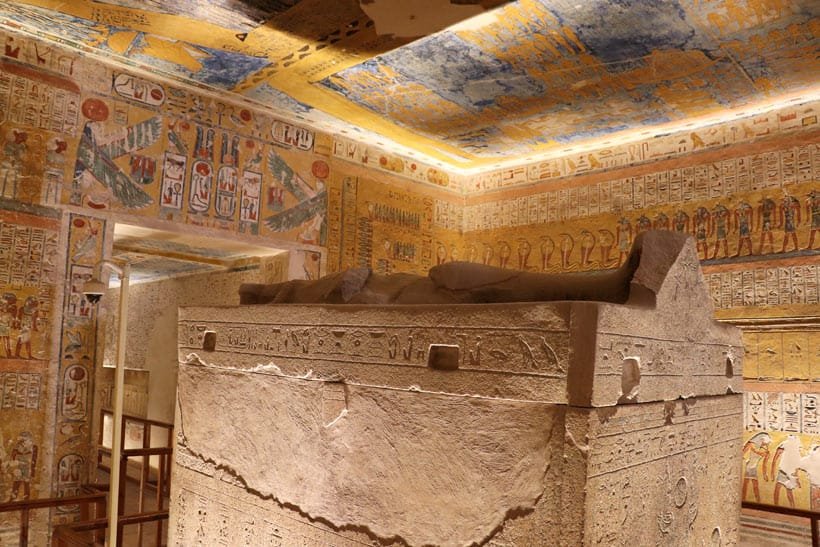
The Preservation Efforts: Protecting the Legacy
The Valley of the Kings is not only an extraordinary historical site but also one that faces ongoing challenges in preservation. Over the years, the tombs have suffered from damage caused by natural elements, tourism, and the sheer passage of time. Egyptologists and archaeologists have worked tirelessly to preserve the artwork and structural integrity of the tombs. The Egyptian government, in collaboration with international organizations, has implemented strict conservation measures to prevent further deterioration. These efforts include controlling the humidity levels in the tombs, regulating the number of visitors allowed each day, and using advanced technology to monitor the conditions inside the burial chambers. One of the most remarkable conservation initiatives is the creation of the Valley of the Kings Conservation Project, which aims to protect and restore the tombs, ensuring that these ancient wonders can be enjoyed by future generations. Additionally, the use of virtual reality technology has been introduced to allow visitors to experience the tombs in their entirety without damaging the delicate art inside. A visit to the Valley of the Kings is not only an encounter with Egypt’s ancient past but also a testament to the ongoing efforts to safeguard this cultural heritage.
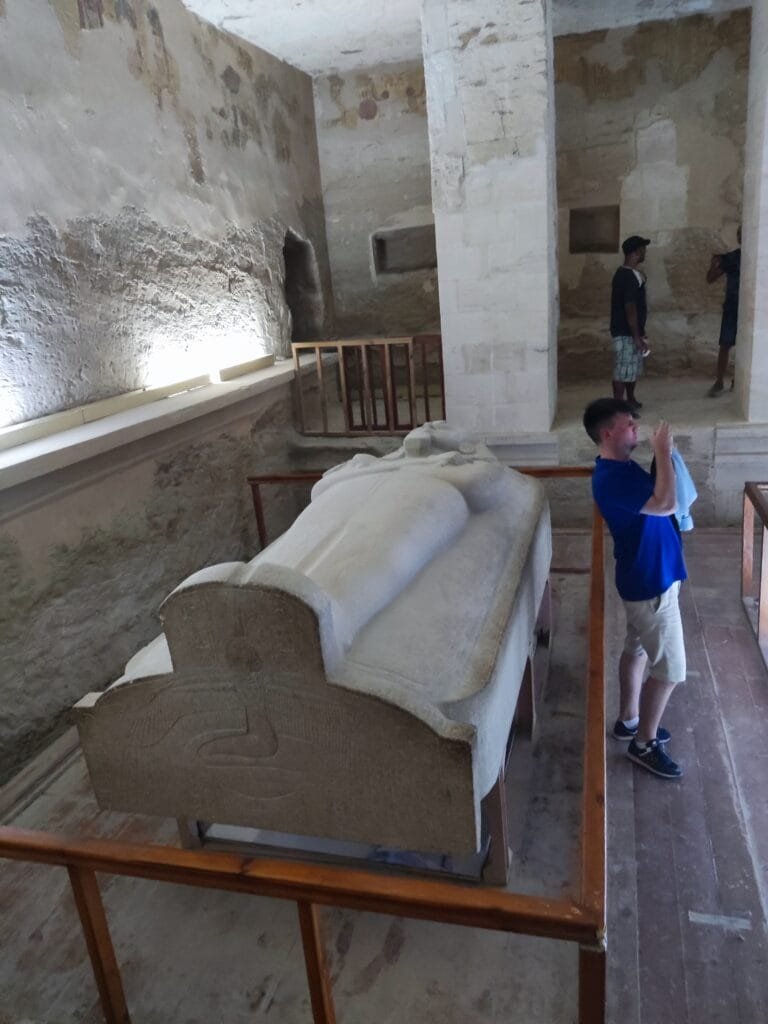
A Spiritual Journey: Connecting with Ancient Egypt
Beyond the historical and archaeological significance, a visit to the Valley of the Kings can be a deeply spiritual and personal journey. The ancient Egyptians believed in the afterlife, and the tombs were built not just to house the physical bodies of the pharaohs but to guide them on their journey to eternity. As you walk through the tombs, many visitors report feeling a sense of awe and reverence for the sacredness of the space. The vibrant artwork, the detailed hieroglyphs, and the atmosphere of the tombs evoke a spiritual connection to a civilization that believed in the immortality of the soul. For some, the Valley of the Kings represents a link between the ancient world and our modern understanding of death, the afterlife, and the preservation of cultural legacy. This intangible experience, the sense of stepping into a world that has long passed but still resonates with meaning, adds another layer to the exploration of the site. The Valley of the Kings isn’t just a historical landmark; it’s a place where the past, present, and future converge in a spiritual testament to Egypt’s enduring legacy.


